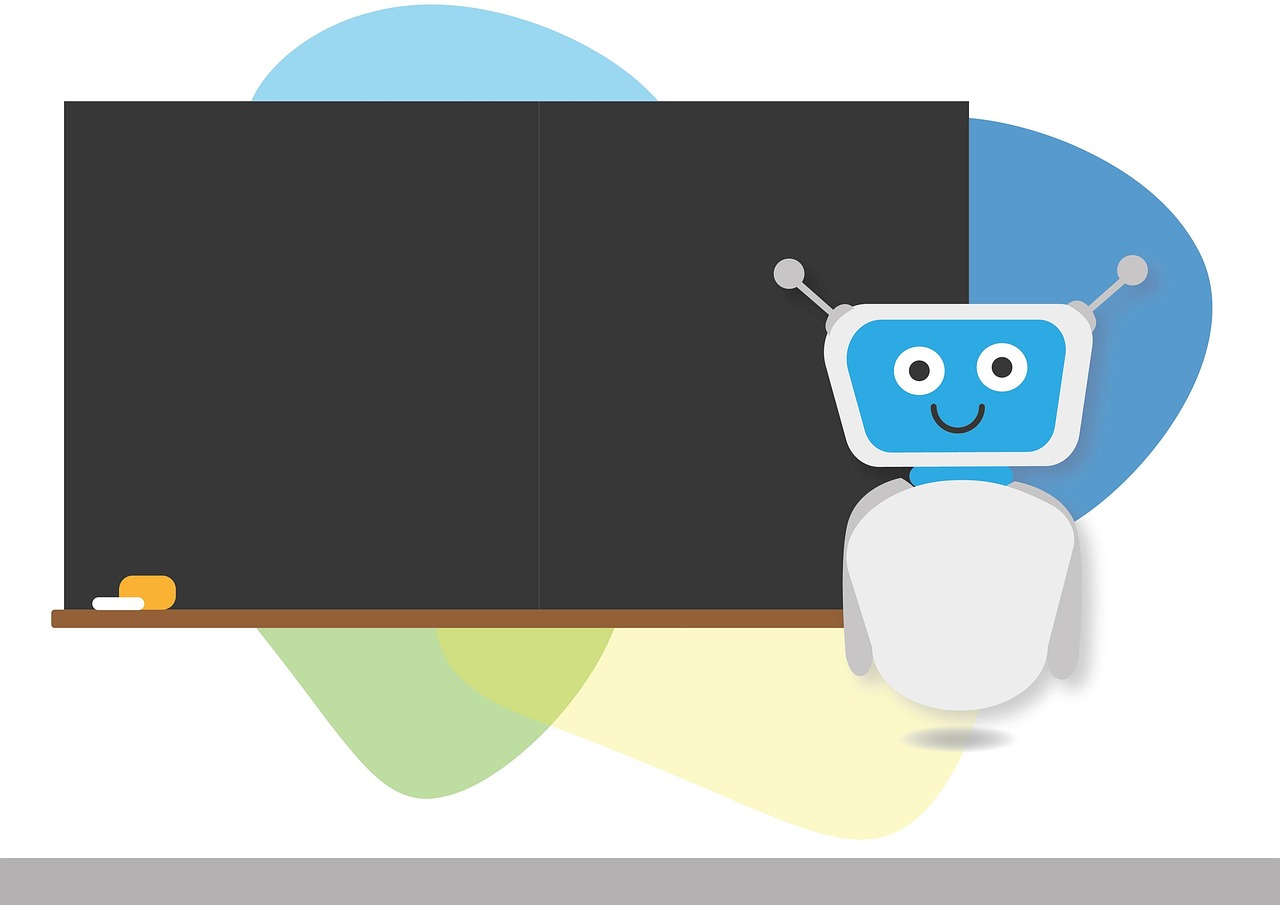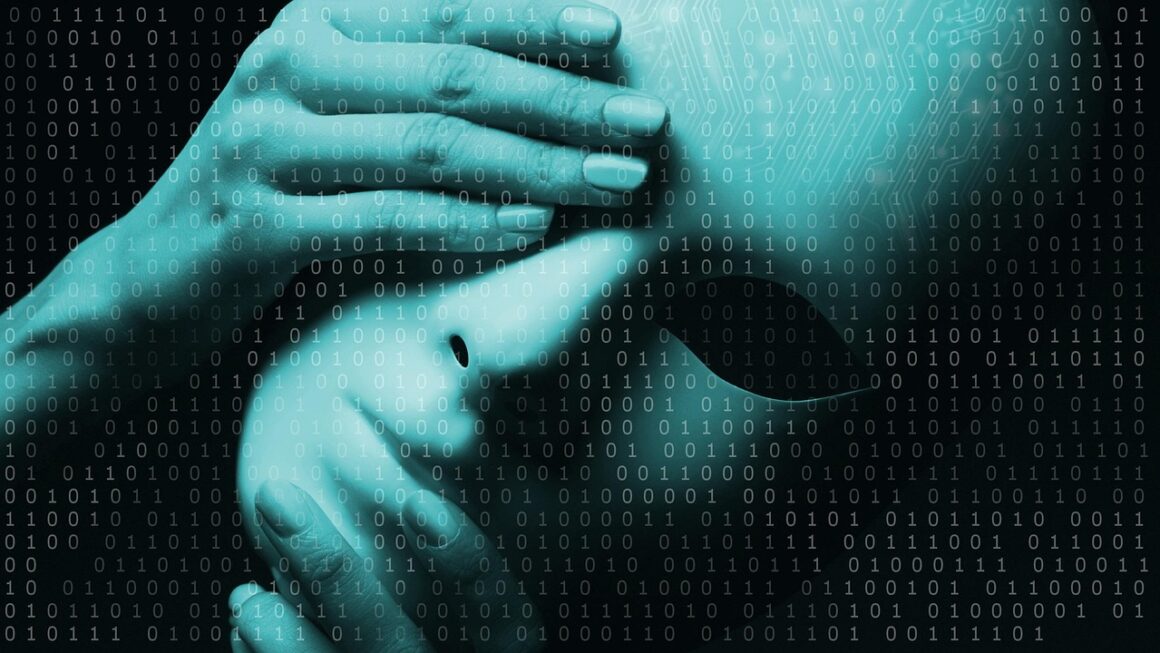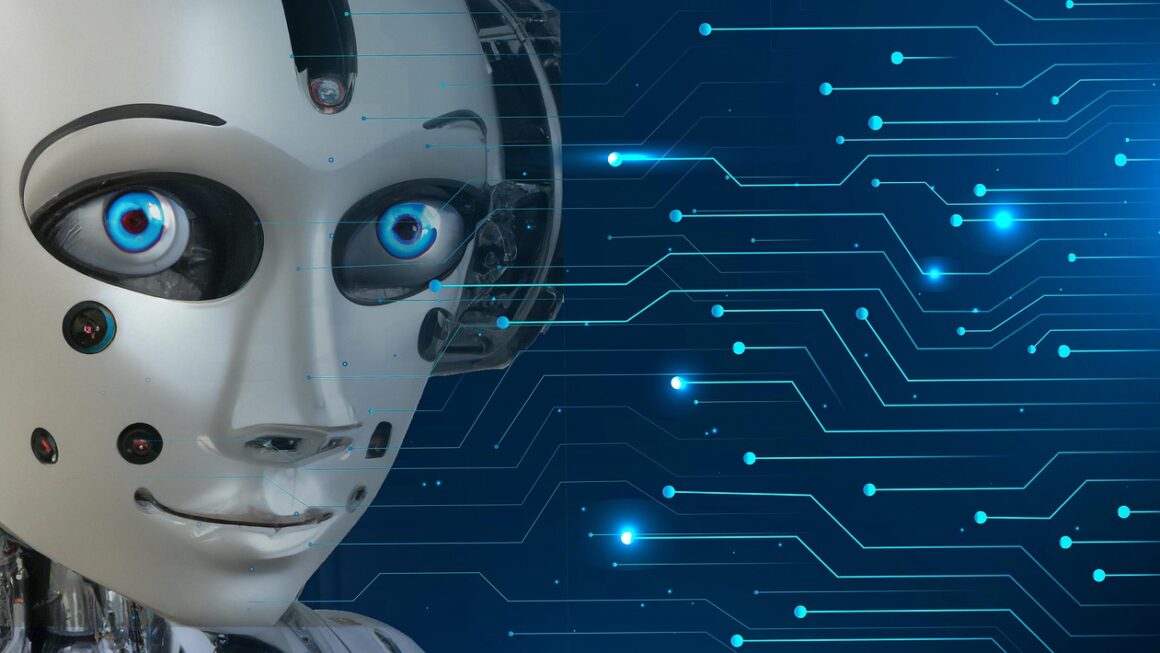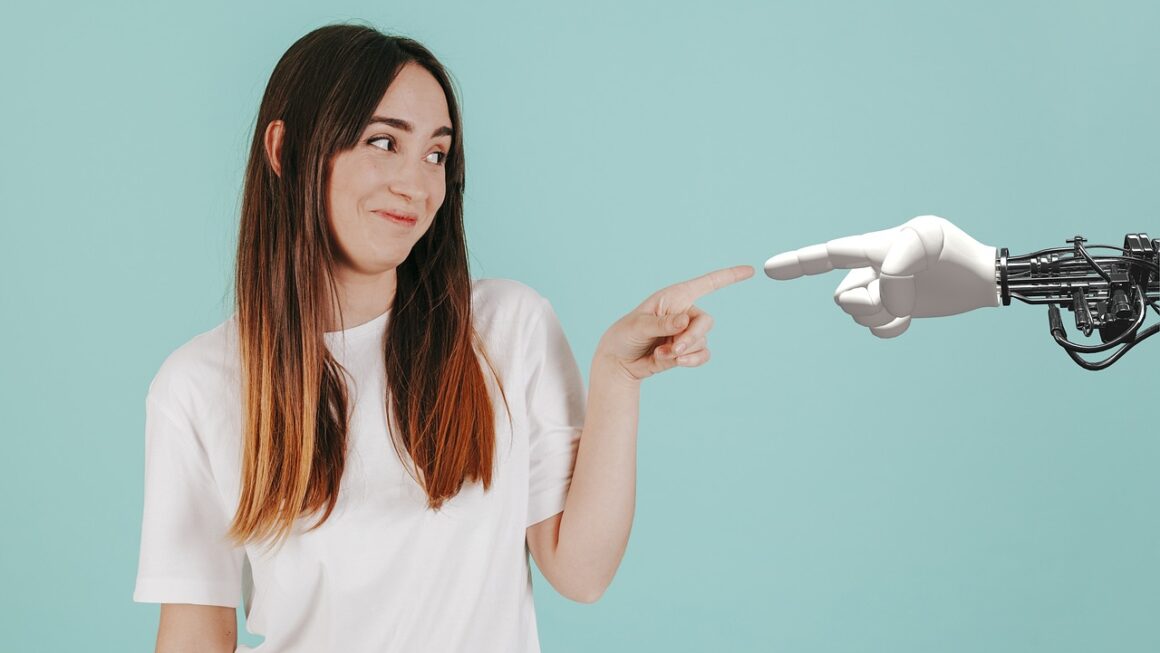Imagine a world where computers can “see” and understand images just like humans do. This isn’t science fiction; it’s the rapidly advancing field of computer vision, transforming industries from healthcare to manufacturing. This article will dive into the core concepts of computer vision, its practical applications, and the technologies driving its evolution.
What is Computer Vision?
Defining Computer Vision
Computer vision is a field of artificial intelligence (AI) that enables computers and systems to extract meaningful information from digital images, videos, and other visual inputs—and take actions or make recommendations based on that information. Essentially, it’s about teaching machines to “see” and “understand” the world in a similar way to humans. This understanding goes beyond simply recognizing objects; it encompasses interpreting scenes, tracking movement, and making predictions based on visual data.
The Difference Between Computer Vision and Image Processing
While often used interchangeably, computer vision and image processing are distinct. Image processing primarily focuses on manipulating and enhancing images to improve their quality or extract specific features. Computer vision, on the other hand, uses these processed images to build a deeper understanding of the scene and its contents. Think of image processing as a tool used within computer vision; it’s a foundational step in preparing images for analysis.
Key Tasks in Computer Vision
Computer vision encompasses a wide range of tasks, including:
- Image Classification: Identifying what objects are present in an image. For example, classifying an image as containing a “cat,” “dog,” or “car.”
- Object Detection: Locating and identifying multiple objects within an image. This provides both the object’s class and its location, usually in the form of a bounding box. An example would be identifying all the cars, pedestrians, and traffic lights in a street scene.
- Image Segmentation: Dividing an image into multiple segments or regions, each corresponding to a different object or part of an object. This allows for pixel-level understanding of the image. For example, segmenting an image of a person to identify different body parts or clothing items.
- Facial Recognition: Identifying or verifying a person’s identity from a digital image or video frame.
- Object Tracking: Following the movement of an object over time in a video sequence.
- Image Generation: Creating new images from descriptions or other input data, often using generative models.
Core Components and Technologies
Image Acquisition and Preprocessing
The process begins with capturing images using cameras, sensors, or other visual data sources. These images are then preprocessed to enhance their quality and prepare them for further analysis. Common preprocessing techniques include:
- Noise Reduction: Removing unwanted artifacts from the image.
- Contrast Enhancement: Improving the difference between light and dark areas in the image.
- Geometric Transformations: Correcting for distortions or perspective issues.
- Resizing and Cropping: Adjusting the image dimensions to optimize processing.
Feature Extraction
Feature extraction involves identifying and extracting relevant features from the preprocessed images. These features are typically numerical representations of image characteristics, such as edges, corners, textures, and colors. Examples of Feature Extraction techniques are:
- Edge Detection (Canny, Sobel): Identifying boundaries between objects.
- SIFT (Scale-Invariant Feature Transform): Detecting distinctive keypoints in the image that are invariant to scale and rotation.
- HOG (Histogram of Oriented Gradients): Representing the distribution of gradient orientations in local image regions.
Machine Learning and Deep Learning
Machine learning, especially deep learning, is the engine that drives modern computer vision systems. These algorithms learn patterns and relationships from vast amounts of training data, enabling them to perform complex tasks such as object recognition and image classification.
- Convolutional Neural Networks (CNNs): A type of neural network specifically designed for processing images. CNNs use convolutional layers to automatically learn spatial hierarchies of features from images. Popular CNN architectures include AlexNet, VGGNet, ResNet, and EfficientNet.
- Recurrent Neural Networks (RNNs): While CNNs are dominant for static images, RNNs and their variants (like LSTMs and GRUs) are useful for video analysis and processing sequential image data.
- Generative Adversarial Networks (GANs): Used for image generation, GANs consist of two networks: a generator that creates new images and a discriminator that tries to distinguish between real and generated images.
Datasets and Training
The performance of computer vision models heavily relies on the quality and quantity of training data. Large datasets annotated with labels are essential for training deep learning models. Popular datasets include:
- ImageNet: A large dataset of over 14 million images, widely used for image classification.
- COCO (Common Objects in Context): A dataset containing images with object detection, segmentation, and captioning annotations.
- MNIST: A dataset of handwritten digits, often used for introductory computer vision tasks.
Applications of Computer Vision
Healthcare
Computer vision is revolutionizing healthcare by improving diagnostics, treatment, and patient care.
- Medical Image Analysis: Analyzing X-rays, MRIs, and CT scans to detect diseases, tumors, and other abnormalities. For example, computer vision algorithms can assist radiologists in detecting early signs of cancer in mammograms.
- Robotic Surgery: Guiding surgical robots with precise visual feedback, enabling minimally invasive procedures.
- Drug Discovery: Analyzing microscopic images of cells and tissues to identify potential drug candidates.
Manufacturing
Computer vision enhances efficiency, quality control, and safety in manufacturing processes.
- Defect Detection: Identifying defects in products during production, reducing waste and improving product quality. For instance, detecting scratches on car parts or misaligned components on circuit boards.
- Automated Inspection: Automatically inspecting products for compliance with quality standards.
- Robot Guidance: Guiding robots to perform tasks such as assembly, welding, and packaging.
Transportation
Computer vision is crucial for developing autonomous vehicles and improving transportation safety.
- Self-Driving Cars: Enabling vehicles to perceive their surroundings, detect obstacles, and navigate roads without human intervention.
- Traffic Monitoring: Analyzing traffic flow, detecting accidents, and optimizing traffic signals.
- License Plate Recognition: Automatically identifying license plates for toll collection, law enforcement, and parking management.
Retail
Computer vision is transforming the retail experience and optimizing store operations.
- Inventory Management: Monitoring shelves to track product availability and prevent stockouts.
- Customer Behavior Analysis: Analyzing customer movements and interactions within stores to optimize store layout and product placement.
- Automated Checkout: Enabling cashierless checkout systems using object recognition and sensor fusion.
Agriculture
Computer vision helps farmers improve crop yields, reduce costs, and manage resources more effectively.
- Crop Monitoring: Analyzing images from drones or satellites to assess crop health, detect diseases, and optimize irrigation and fertilization.
- Weed Detection: Identifying and targeting weeds for selective herbicide application.
- Automated Harvesting: Guiding robots to harvest crops efficiently and accurately.
Challenges and Future Directions
Data Bias and Fairness
Computer vision models can inherit biases from the data they are trained on, leading to unfair or discriminatory outcomes. It’s crucial to address these biases by using diverse and representative datasets and by developing algorithms that are less susceptible to bias.
Explainability and Interpretability
Many deep learning models are “black boxes,” making it difficult to understand why they make certain predictions. Developing more explainable and interpretable models is essential for building trust and accountability in computer vision systems.
Resource Efficiency
Training and deploying deep learning models can be computationally expensive, requiring significant resources and energy. Developing more efficient algorithms and hardware solutions is crucial for making computer vision more accessible and sustainable.
3D Computer Vision
Moving beyond 2D images to understand the world in 3D is a growing area of research. This includes techniques like depth estimation, 3D object reconstruction, and 3D scene understanding. Applications range from robotics and augmented reality to medical imaging and autonomous navigation.
Edge Computing
Processing visual data directly on edge devices (e.g., smartphones, cameras, drones) rather than in the cloud is becoming increasingly important. This reduces latency, improves privacy, and enables real-time applications.
Conclusion
Computer vision is a transformative technology with a vast range of applications across various industries. From healthcare to manufacturing and transportation, computer vision is improving efficiency, safety, and quality of life. As the field continues to evolve, addressing challenges such as data bias, explainability, and resource efficiency will be crucial for realizing its full potential. Staying informed about the latest advancements in computer vision is key for businesses and individuals seeking to leverage its power.




